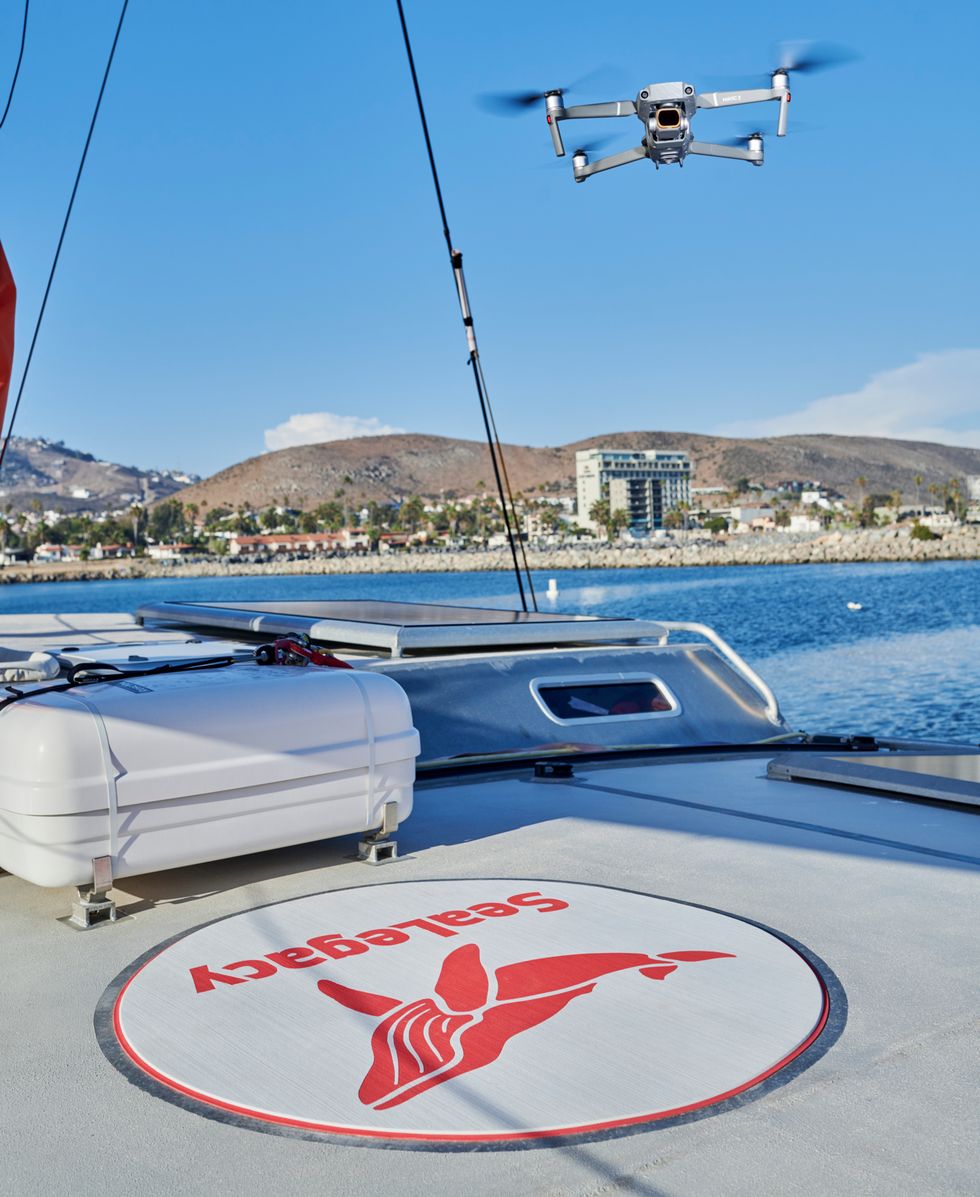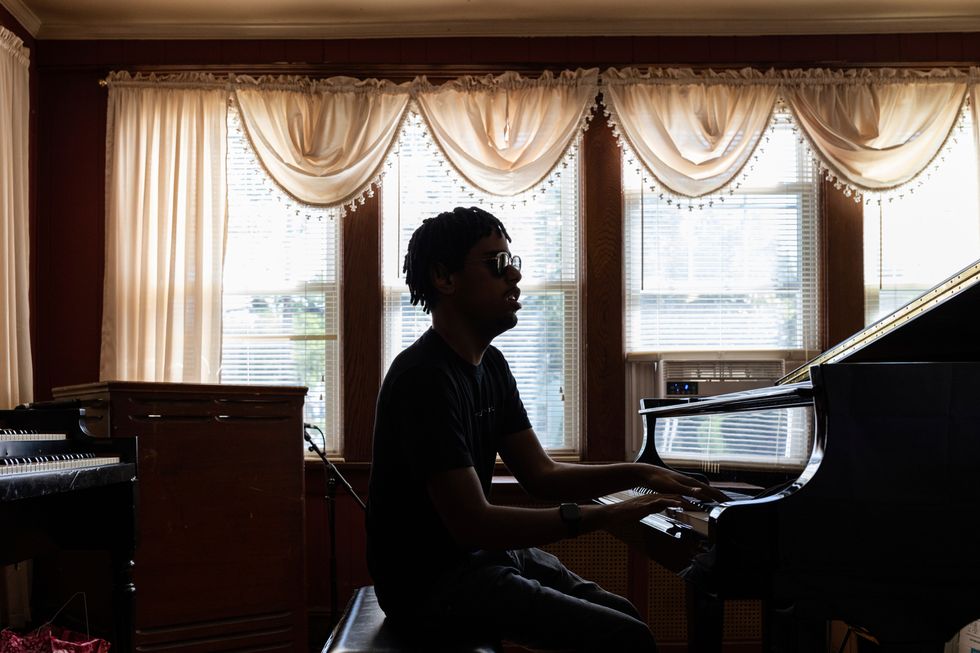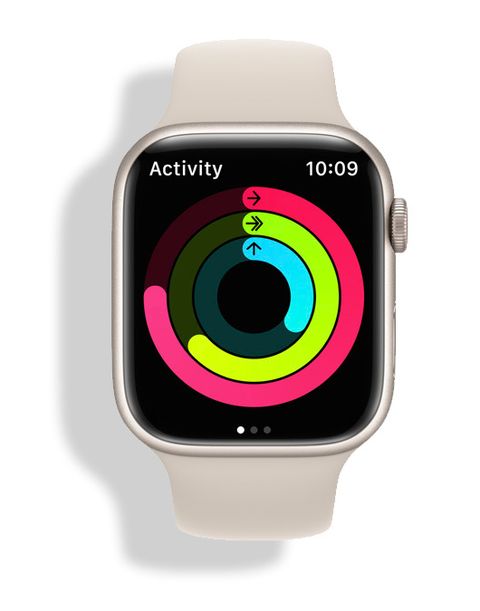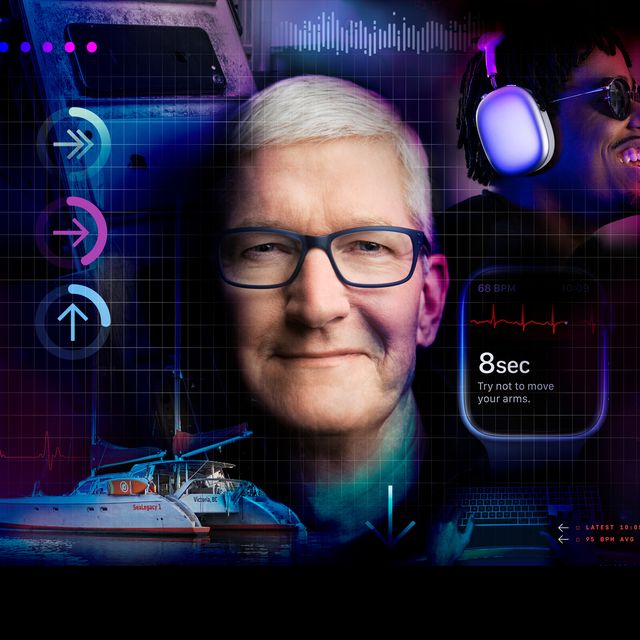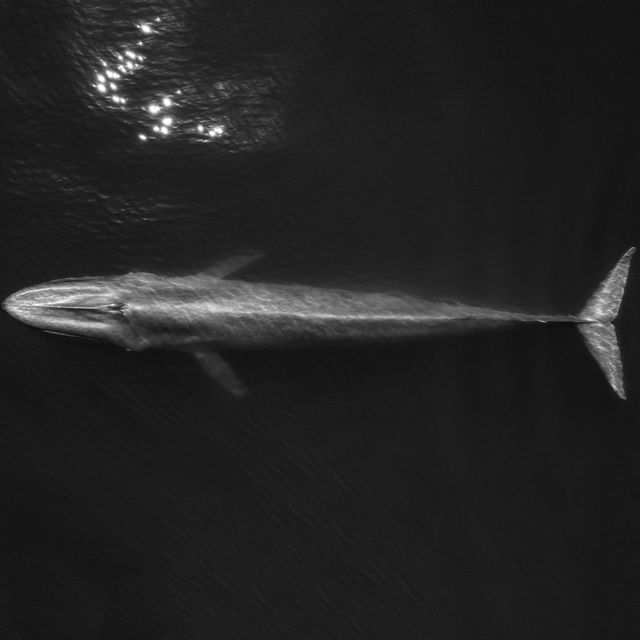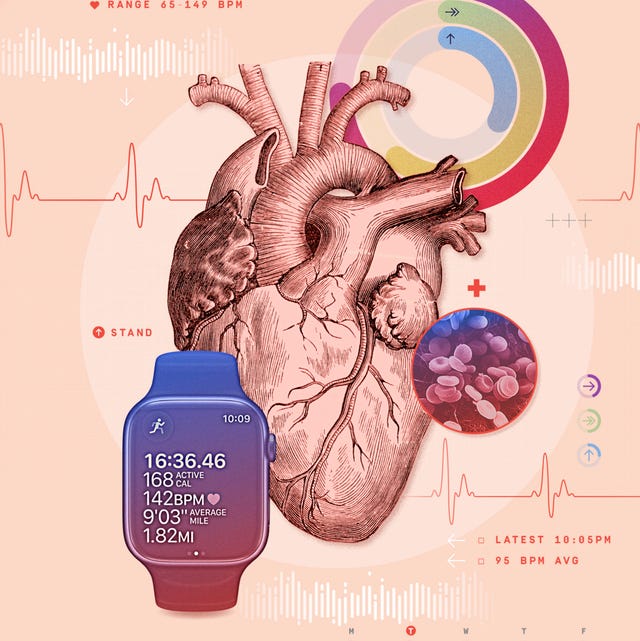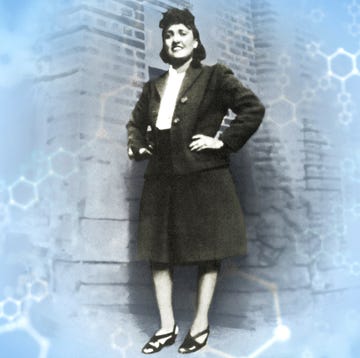Six years ago, the Apple CEO met Popular Mechanics veteran Ryan D’Agostino and connected over their appreciation for tinkering and for the magazine itself. Now, the two sit back down to talk about protecting your right to privacy, the life-changing power of wearable health tech, and how to be responsible and relentless at innovation.
Popular Mechanics: When we first met, you mentioned you had been a fan of Popular Mechanics growing up. What drew you to it?
Tim Cook: It answered the question “How?” a lot. And it explored things that I was terribly interested in, from cars to space travel. It got me interested in the 50-in-1 Tandy Science Fair Radio Shack kit. And I think it’s so awesome that it has survived over 100 years, that the magazine could evolve and still be for hobbyists and tinkerers—the computer business got started in the same way. The people who were originally interested in computers were hobbyists and tinkerers.
PM: So much of innovation comes from messing around. Tinkering. Apple is known as a place where ideas can come from anyone, anywhere. How do you create that culture—and sustain it?
TC: They don’t take any singular route, they can come from everywhere in the company. We believe in putting groups of people together focused on solving some problem for a user. You pick diverse teams that look at the problem through different lenses.
We debate about things that we do and do not do, because we know we can only do a few things well. You have to debate and say no to a lot of great ideas so that you can spend your time on the ones that are truly unbelievable.
PM: Can you think of an example of some functionality of one of Apple’s products that when you first heard about it, you said, “That’s cool!”
TC: Oh, they happen all the time. I feel like that every day—like a kid in a candy store. We were just talking in the hallway about M2 and M1—the history there goes back well over a decade. It goes back to the genesis of the M chips, or the A chips, from iPhone and really getting in and figuring out, how do you put a powerful chip in something that small and not get it to heat up and burn up?
We found ourselves with a similar issue for laptops: How do you put something in there that is the most powerful computer chip in the world? Out of that was born M1, and now we’ve taken it further with M2. And Mac is now a totally different product than it was before.
PM: What do you say when an engineer or somebody is going, “I don’t know if we can do it?”
TC: Well, usually the way that you get people around here to do something is to tell them you’re not sure it’s doable. That’s the red flag in front of the bull, because a lot of people here don’t take “impossible” as being true. If we convince ourselves it’s in the best interest of the user, that’s a compelling force for us to power through the problem.
PM: The user. That brings us to personal privacy. How do you view that responsibility that comes with delivering the device that delivers the app?
TC: We strongly believe that privacy is a basic, fundamental human right. And our philosophy is to put the decision to share information with the user.
To be in the app store you have to have a privacy “nutrition label” that says what data you’re collecting and what you’re doing with it. You have to have a pop-up dialog box that asks the user if they want to be tracked across other apps. That’s called application tracking transparency. We wanted to put the user back in control of that.
I think privacy is one of the most consequential issues of this century. It’s that big. I’m not keen on a lot of regulation because I worry about what it does to innovation, but this issue is so big that I think regulation is required. I’m hoping the U.S. passes a federal privacy law because people should own their data. They should decide who gets to see the data, to hold the data, to sell the data. It should be their decision, not a company’s.
PM: That gets to Apple’s role as a global citizen. How do you lead in a world where not every place the company operates has the same values?
TC: It’s important to have values because they act as a North Star. For us, privacy is really important. That same encrypted iPhone ships everywhere in the world, and I can’t open it anywhere in the world. It’s not different by geography.
Accessibility is very important to us, and we want our products to be used by everyone. For our customers who are blind or deaf, for example, we want our products to be able to adapt to the ways they want to use them. So we try very hard to design that in from the beginning.
Education is very important. We believe it can be an equalizing force. Steve wanted to put a Mac in every classroom. Later, we revised that for everyone within the classroom to have their own Mac.
Making our products in an environmentally sound way is very important to us. Both the materials that we use and the recyclability of the materials. We want to leave the earth better than we found it, and that means solving some really difficult issues. We’re carbon neutral as a company today, but by 2030 we want to be carbon neutral for everything inclusive of our supply chain and the product usage at our customers’ houses and offices and so forth. That’s a man-on-the-moon objective. Our long-run goal is to not have to take anything from the earth to make a product, and we’re crazy enough to think that we can do it.
PM: I’m interested in your efforts at American manufacturing.
TC: We do a lot in the U.S. today. It’s not focused on as much because it’s component parts. The glass from the iPhone comes out of Kentucky, a relationship that we have with Corning. And we invested in capacity there to help them. The Face ID module on the iPad and the iPhone comes out of Texas. So if you go around the iPhone, there’s a lot that comes from the United States. And we’ve found over many years that this model of picking advanced manufacturing for the U.S. is a very good model. We even put $5 billion aside in a fund to help people invest in the United States, and to make components that take advanced manufacturing.
PM: In 2021 Apple announced a self-repair service for what’s been called the right to repair. Who is it intended for?
TC: There’s actually something in there for everybody. We took a larger view and said, “What do people want?” First of all, they want products that don’t break. So we try really hard to make products that last a long time, and that’s sort of job one.
But invariably, some people do have to go somewhere for a repair. And you don’t want to have to drive two hours to find a repair center. So we’ve added thousands of independent repair shops.
In addition to that, for the hobbyist and the tinkerer, we said, “We’ll sell you certified parts”—parts that we use to repair. You can buy the part itself instead of buying a repair. And if you need a manual that tells you how to do something, you can have the manual. And if some special tools are required or fixtures required, we can give you that, too. I don’t know how many people will take us up on it. It’s for your reader, clearly.
PM: How and why has health become such a significant focus for a personal-technology company? How did that start?
TC: We started with wellness. And then the three rings on the Apple Watch—we wanted some simple way of encouraging people to stand and to move and to exercise. We added coaching to that to prompt people—you may get a notification that you only need to walk another 12 minutes today to close your rings. I get a lot of notes from people saying how motivating it is. They’ve closed their rings for 365 days straight. This is amazing—I don’t close mine 365 days straight.
And then we put a heart rate monitor on there, and through time, we got more advanced. We started getting notes almost immediately from people who found out they were abnormally high or low and would’ve never worried about going to the doctor. But the Watch is a moment of truth, and they would go get checked out.
When we put A-fib determination on there, that went up to another level of notifications. And then we put EKG on there. I think that when we look back one day and ask, what’s been Apple’s greatest contribution, it will be in health.
PM: It seems in line with the original vision of the company, personal empowerment: “We’re going to put a computer on your desk.”
TC: Yeah. It’s the democratization of technology. That’s exactly right. Think about the number of times in your whole life you’ve had an EKG before the Watch. And for most people it’s somewhere between zero and one or two. Now you can do one every day and send it directly to your doctor.
PM: You’re talking about legacy. How often do you think about Steve Jobs when you’re looking at what Apple is doing?
TC: I think about him a lot. I miss him dearly. He would always stop by my office on his way out. And there’s never been a replacement for that. We would exchange tidbits on the day and talk about the future. And we try to carry on the mission that he set in place, to build the best products in the world that enrich people’s lives. And that hasn’t changed. Lots of things change with time. But the reason for our being is the same.
PM: Do you think Steve would be happy with Apple today?
TC: I think he would find things that he loved and things that he would say, “We can do better on that.” I think he would do both. As we all do. We are never really satisfied. We’re always working on tomorrow.

